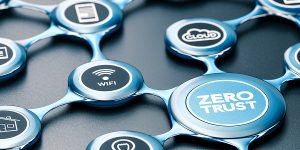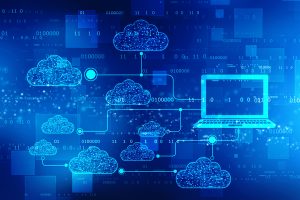 Recent security breaches via software have made supply chain security a priority across government. No longer is it enough to build security into a solution; now every product that is part of that solution is being examined for its security and risk. In response, the Biden Administration issued a Cybersecurity Executive Order that aims to provide more control over the content of code that comes in contact with government systems and infrastructure.
Recent security breaches via software have made supply chain security a priority across government. No longer is it enough to build security into a solution; now every product that is part of that solution is being examined for its security and risk. In response, the Biden Administration issued a Cybersecurity Executive Order that aims to provide more control over the content of code that comes in contact with government systems and infrastructure.


 With so many high-profile hacks this year, it's easy to want to throw up your hands and say, "Is there nothing that can be trusted?!" Interestingly, that lament is what is driving the latest approach to cybersecurity -- zero trust. Zero trust is what it sounds like, a security approach
With so many high-profile hacks this year, it's easy to want to throw up your hands and say, "Is there nothing that can be trusted?!" Interestingly, that lament is what is driving the latest approach to cybersecurity -- zero trust. Zero trust is what it sounds like, a security approach  The last year has brought about incredible change in the federal workforce, and it shows no sign of stopping. With a new Director for the Office of Personnel and Management (OPM)
The last year has brought about incredible change in the federal workforce, and it shows no sign of stopping. With a new Director for the Office of Personnel and Management (OPM)  Shared Services in government is nothing
Shared Services in government is nothing
